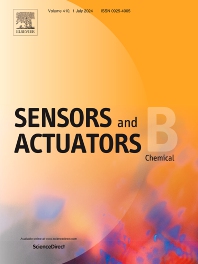Journals in Systems and control
Journals in Systems and control
- ISSN: 0736-5845
Robotics and Computer-Integrated Manufacturing

- ISSN: 0925-4005
Sensors and Actuators B: Chemical

- ISSN: 2210-6502
Swarm and Evolutionary Computation

- ISSN: 0167-6911
Systems & Control Letters

Related subjects
Adaptive control
Aerospace control
Architectures
Artificial intelligence in control
Control applications
Control of chemical and biotechnological processes
Control of minerals and materials processing
Control of non linear systems
Control of power systems
Control systems
Control theory
Economic political and financial control systems
Fault detection and safety of control systems
Fuzzy control neural systems and genetic algorithms
Global and educational aspects of control
Land vehicles control
Marine systems control
Modelling
Optimal control
Real time control
Robotics
Robust control
Systems identification and signal processing